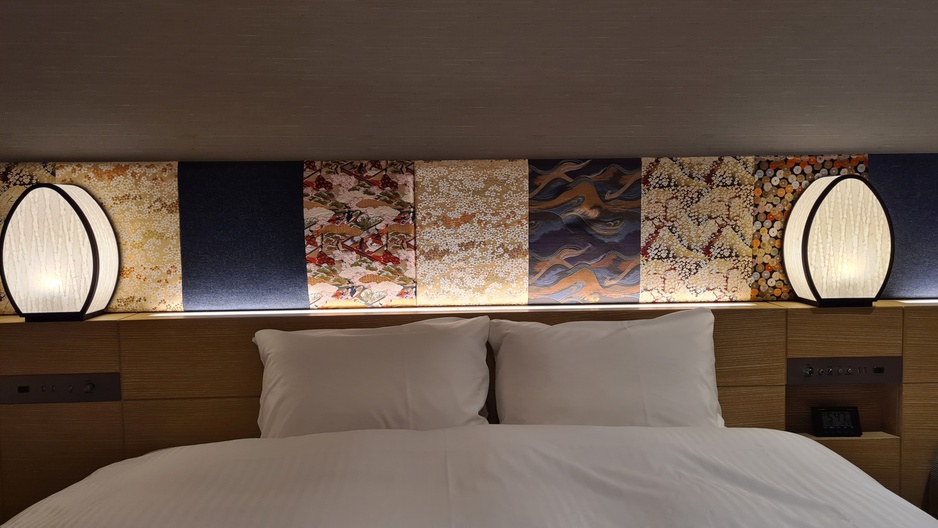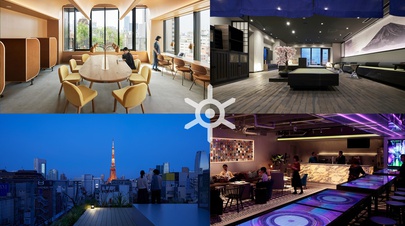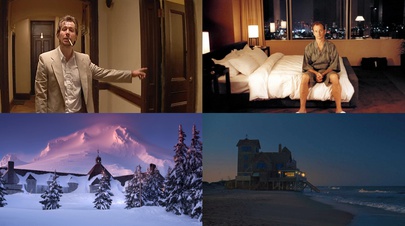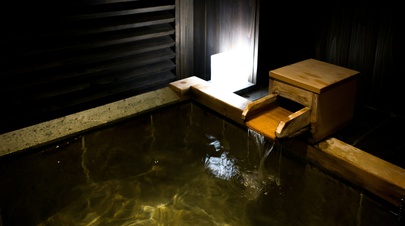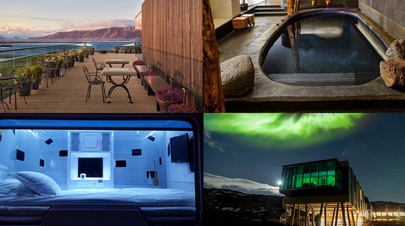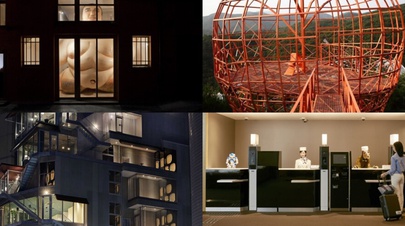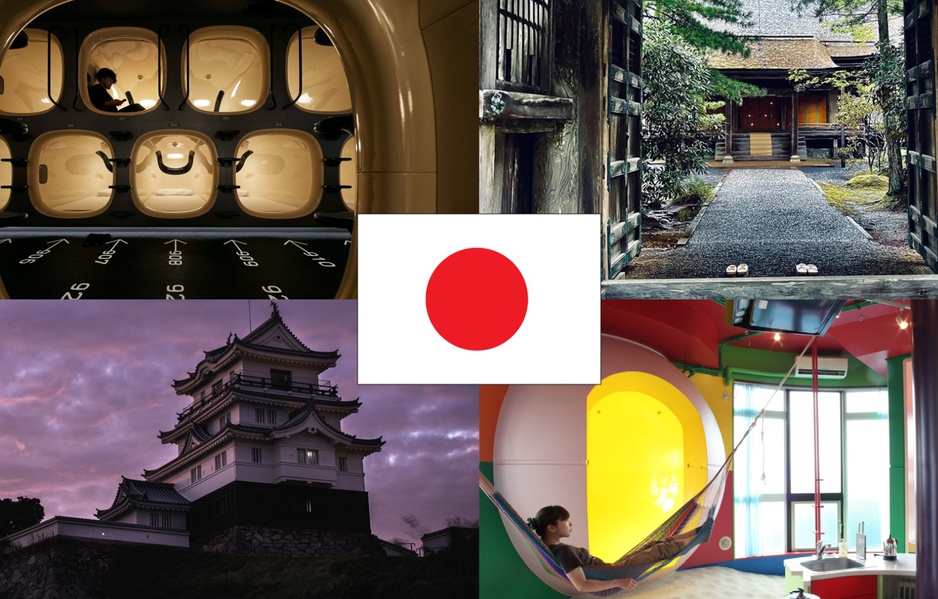
Traveling to Japan for the first time can be overwhelming. Street signs written in kanji, one of the world's most complex (and most efficient!) public transportation systems, the masses of people in its big cities (Tokyo has the most populous metropolitan area in the world), and the abundance of choices is a tad over the top if you aren't used to it.
When it comes to hotels, Japan has bits of classic Western hospitality and a range of quirky accommodations, from love hotels to Shukubo temple lodgings.
1. Western-style hotels
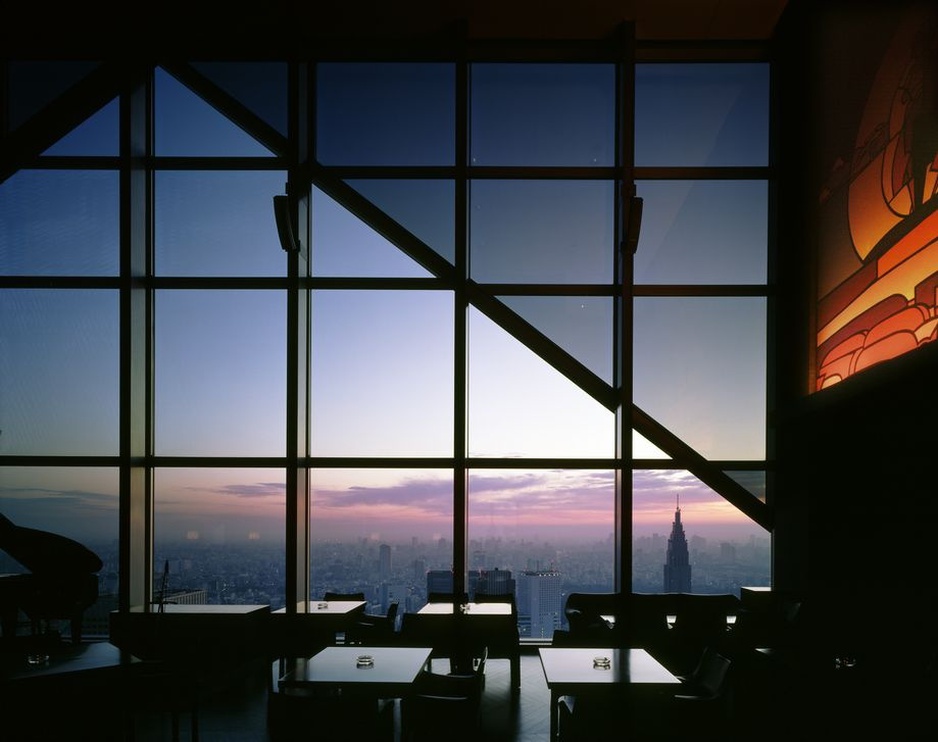
Park Hyatt Tokyo
If you like your hotels as much as your comfort food, you will find international hotel chains like Marriott, Hilton, Hyatt, IHG, Accor, or Oro in all the touristy areas. Apart from having Japanese food available and high-tech toilets in the bathrooms, everything else is comparable to the rooms in other countries.
One of these hotels you will probably recognize as it was the shooting location for the movie Lost in Translation: Park Hyatt Tokyo
2. Japanese business hotels
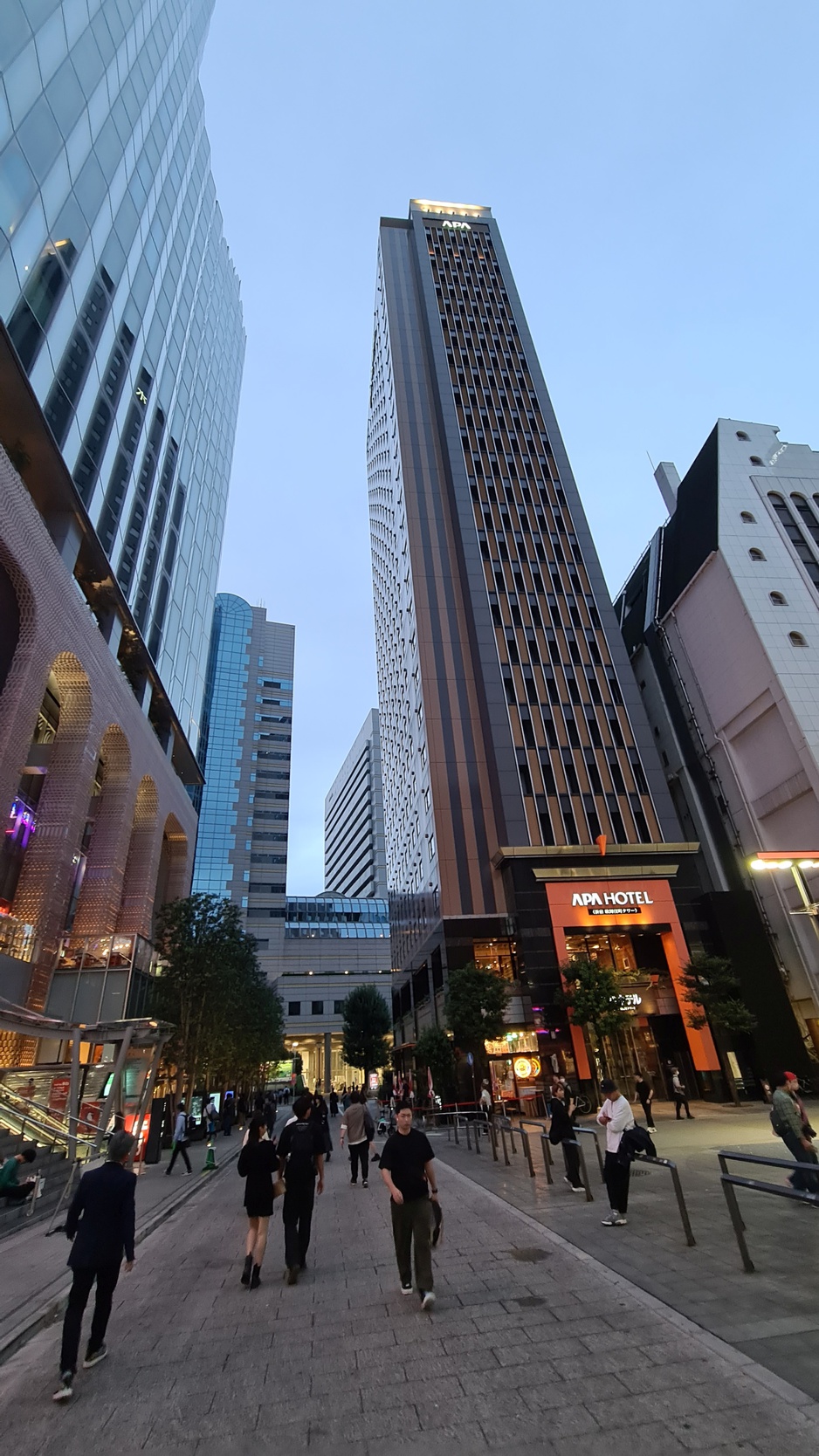
APA Hotel in Tokyo
These local brands resemble Western hotels in many ways, but there are some typical differences that I can showcase on one of the biggest chains in all Japanese cities: APA.
APA Hotels operates over 300 properties. It's an affordable chain, with pricing starting at around $50 but reaching over $100 in the center of Tokyo on busy days.
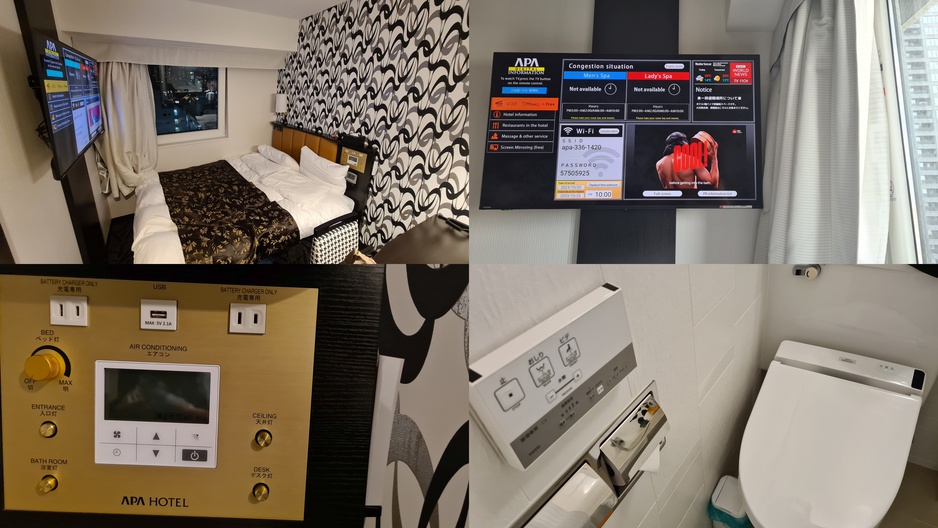
A typical room in a Japanese business hotel - high-tech amenities and tight space
These are some of the differences compared to a typical Western-style hotel:
• Rooms are compact. Sometimes they are only about 108 square feet / 10 square meters, including the bathroom
• Because of its size, the bed is pushed to the walls to maximize the remaining space, and storage is under it to store your bags
• The beds are pretty small. A double bed is usually 55 inches / 140 cm wide
• The tiny space packs a crazy amount of amenities, and a wall-mounted display controls all aspects of the room
• Heated and multi-functional toilet (yes, it washes and dries your buttocks!)
3. Ryokan
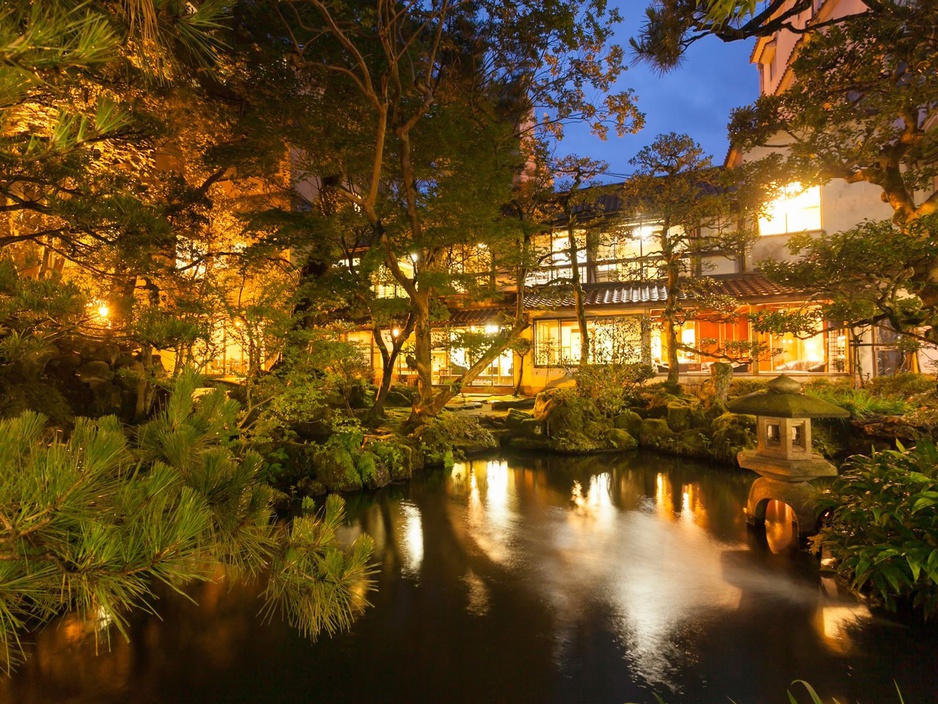
Hoshi Ryokan
Japan's most famous traditional hotel, one of which is the oldest in the world, is Nishiyama Onsen Keiunkan, which opened in 705. This Japanese inn has rooms fitted with tatami mats and sliding doors, and you sleep on futon beds. The communal bathing areas have pools of hot spring (onsen) water.
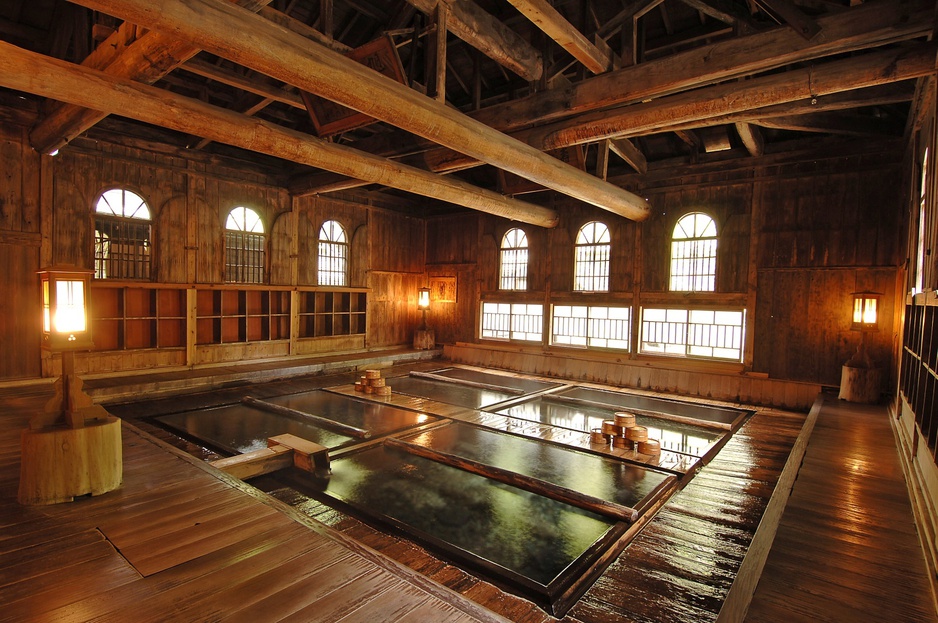
Houshi Onsen
Ryokans are proud of their food and usually include breakfast and dinner in the price. Imagine a bunch of small platters with delicious bites of food served along with green tea and soy sauce.
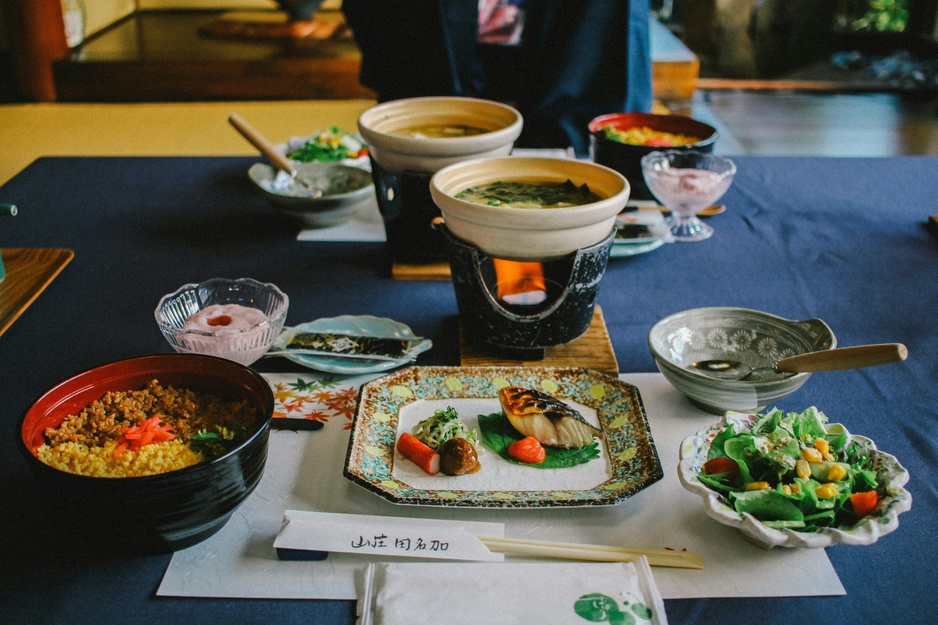
Dinner at a ryokan
Ryokans are mostly in Japan's countryside, with some expensive exceptions in the big cities, like Hoshinoya Tokyo.
However, if you want to see a proper traditional ryokan, visit Houshi Onsen.
4. Minshuku
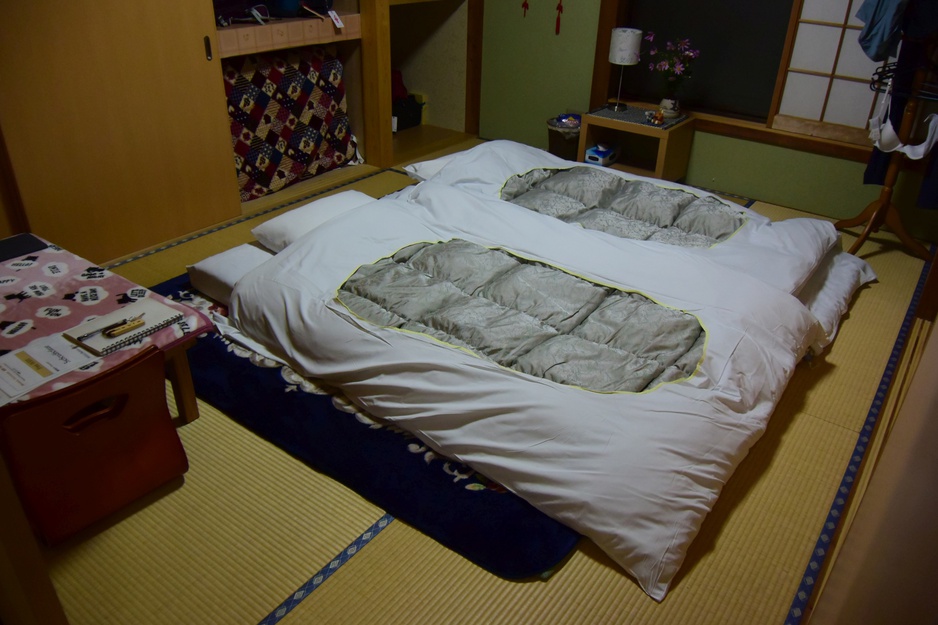
Minshuku - photo by Steve Shattuck
This type of traditional accommodation is recommended if you are tight on budget and cannot afford the more luxurious ryokans. Minshuku is a Japanese bed and breakfast lodging with simple rooms, often without private bathrooms. They are found in small towns and villages where hotels are scarce or nonexistent.
5. Capsule hotels
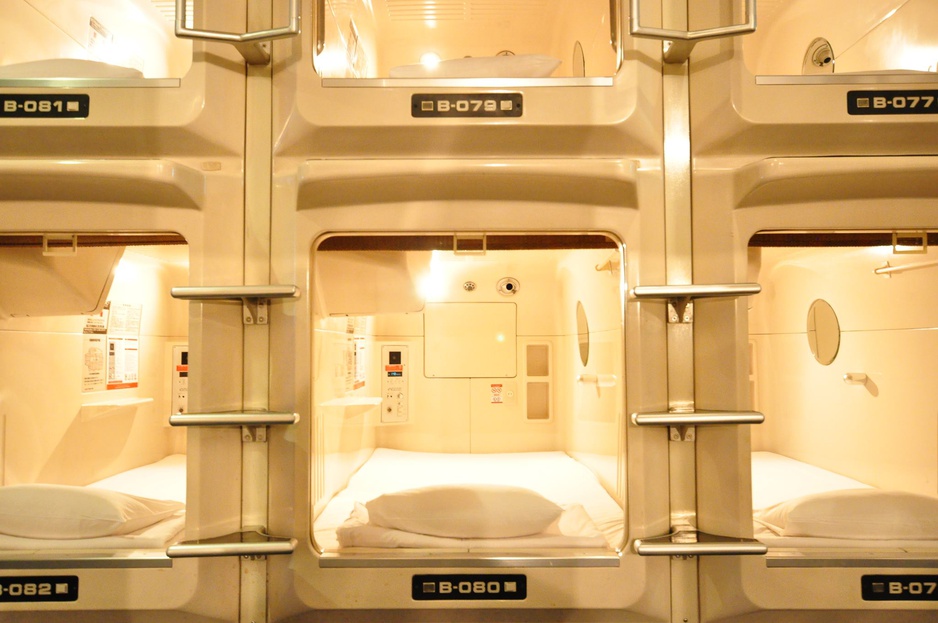
Capsule Hotel Asahi Plaza Shinsaibasi - Closed since Covid
Japan's quirkiest accommodation usually scares the living daylights out of people who are used to spacious hotel suites. Some people went as far as to call them "coffin hotels." But in reality, these capsules are much less claustrophobic and more cozy than they seem.
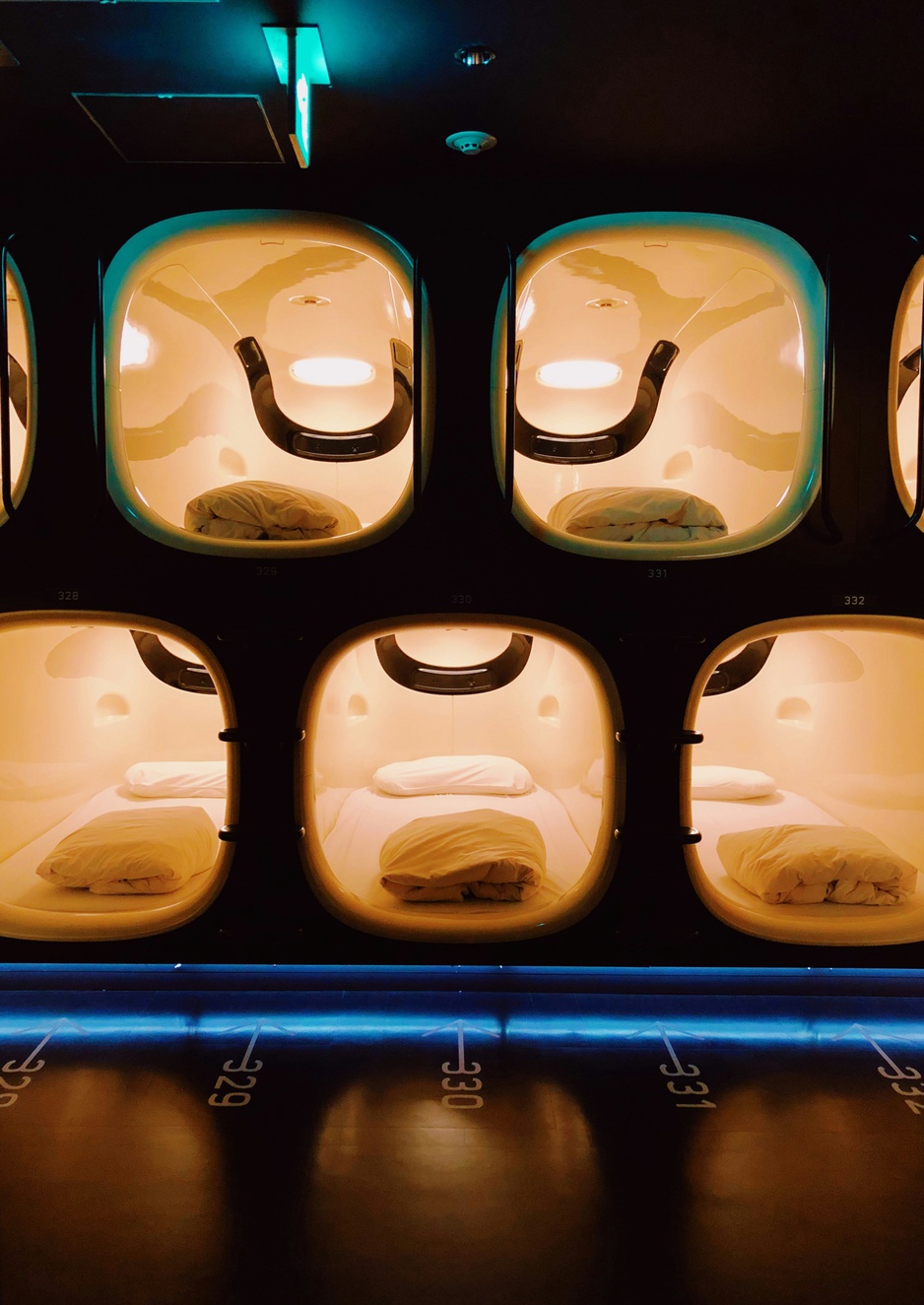
9h nine hours capsule hotel
You will enjoy all the benefits once you get used to sleeping in one. They typically cost about 3-4 times less than a hotel room, and most have gender-segregated spas with thermal water and a sauna. Initially, these were designed for people seeking jobs in big cities, offering an affordable place to sleep and relax.
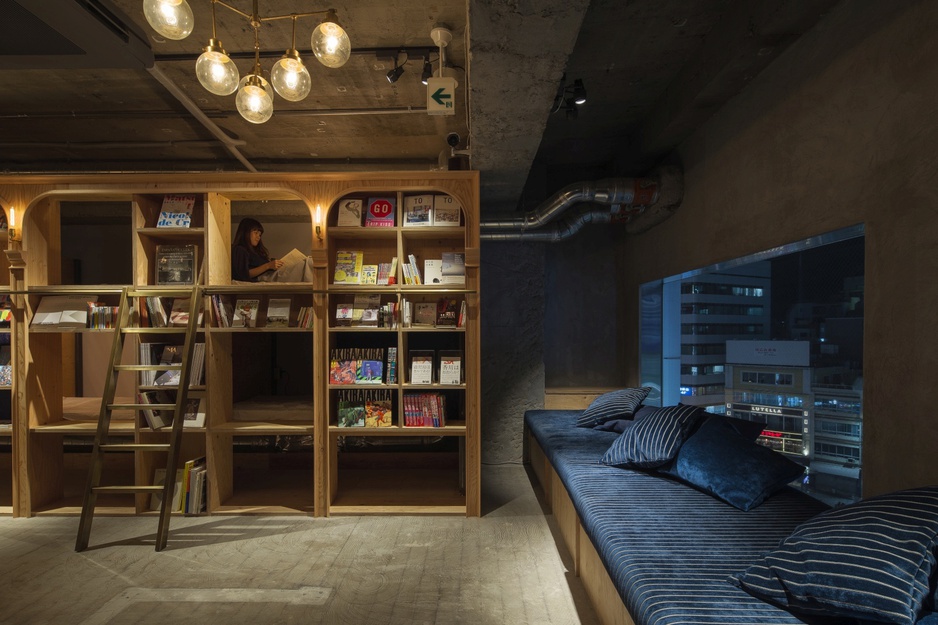
Book and Bed Tokyo
However, a new generation of capsule hotels now offers a boutique-hotel-level communal space, sometimes even with panoramic rooftop terraces overlooking the city. Some even allow you to sleep with your loved one in the same (double) capsule.
• The retro-futuristic-looking original capsule hotels have designs, like the Tokyo Kiba Hotel
• The leading chain for the new, super stylish boutique capsule hotels is 9h nine hours
• One of the quirkiest capsule hotels is Book and Bed Tokyo, where you can sleep inside a library
• + a full list of capsule hotels | best selection
6. Shukubō - Temple stays
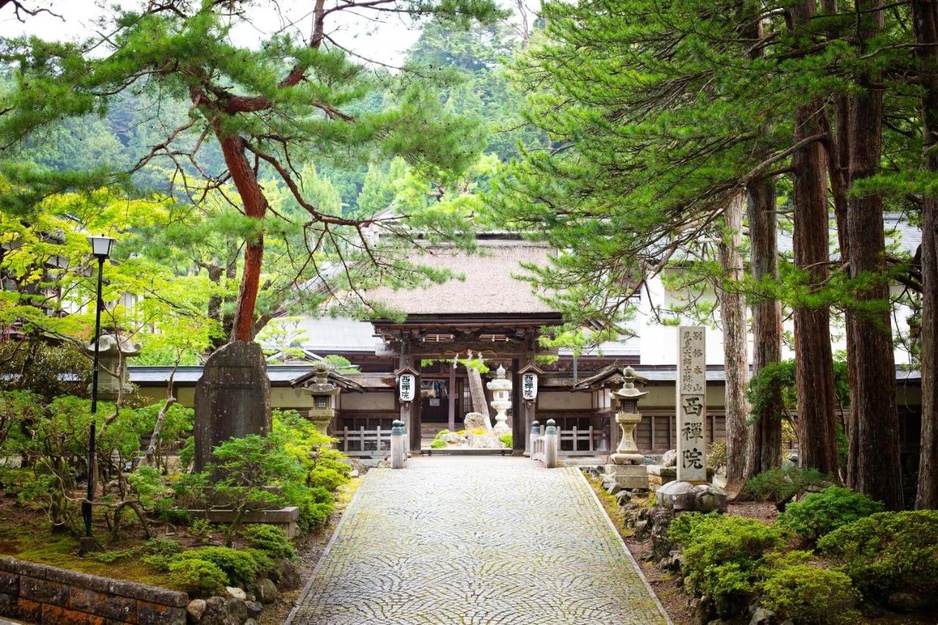
Koyasan Saizen-in Temple
Pilgrims and tourists are welcome to stay in some of Japan's Buddhist temples. The designated sleeping quarters were originally for monks and worshippers, but as their numbers declined over the past decades, temples saw a business opportunity. This way, they can use the income to maintain these beautiful sacred structures, and you can stay in an extraordinary place.
One example is the Koyasan Saizen-in Temple south of Osaka, which was opened by Shinran, the founder of the Jōdo Shinshū sect of Buddhism.
7. Love hotels
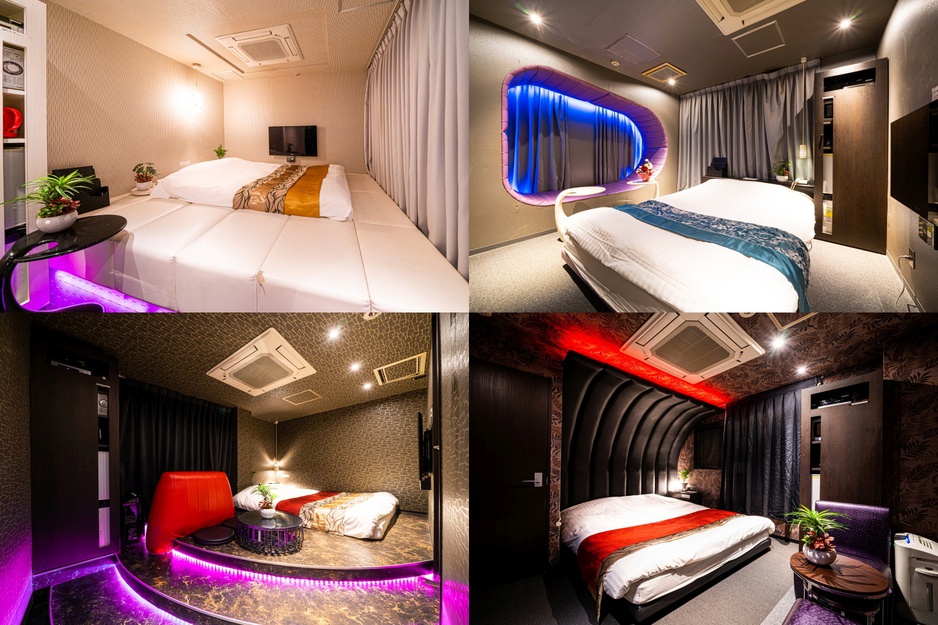
Japanese love hotel rooms - Hotel Edoyado
Back in the 1960s, Japan's love hotels and motels were the underground hideouts of adult businesses. As the decades passed, these establishments became increasingly bizarrely decorated, illuminating their buildings with eye-catching signs to attract customers. It was their way of advertising, as other types of marketing were illegal.
Today, rooms in love hotels can be rented out by the hour, and the themed rooms come in the most exotic flavors to keep people coming back for new experiences. Unlike in the past, now love hotels are frequented by couples.
8. Art hotels
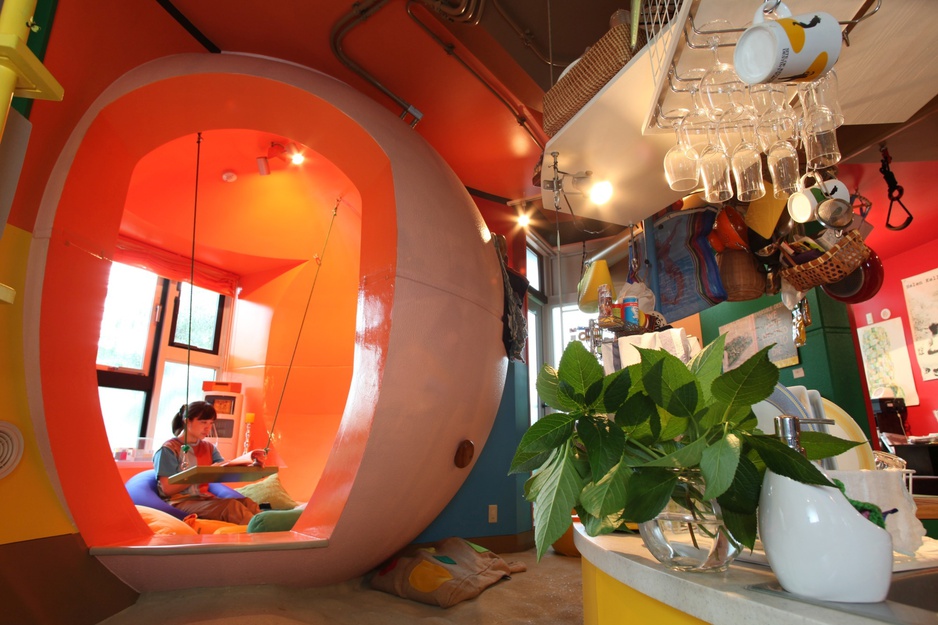
Reversible Destiny Lofts
There are art hotels everywhere in the world, I hear you saying. But as it happens, Japan is different in this respect, too. Here are a few Japanese art hotels as a showcase:
Reversible Destiny Lofts
BnA WALL
9. Futuristic hotels
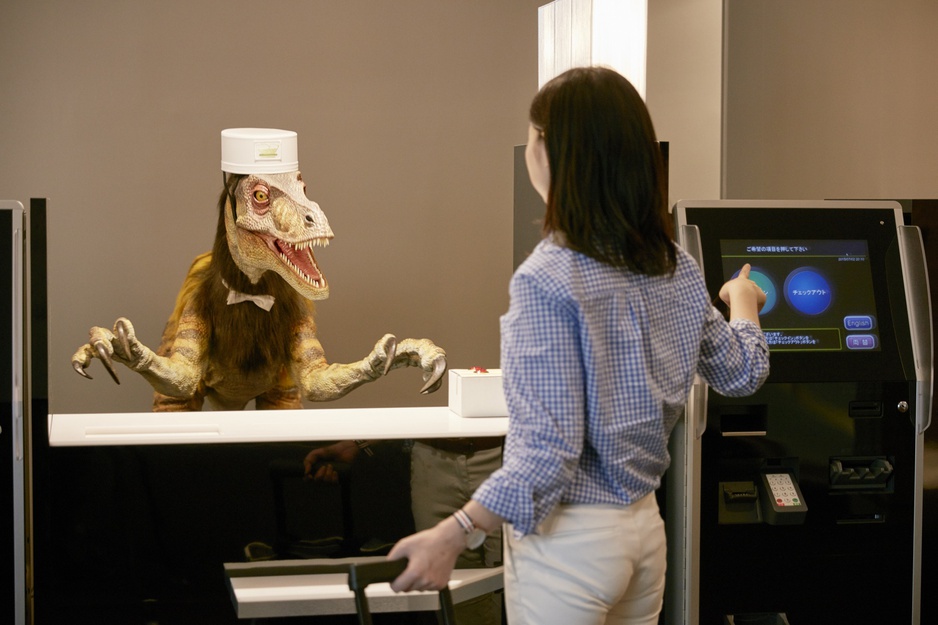
Henn na Hotel Maihama Tokyo Bay
With maglev trains speeding at 375 mph / 603 km/h through Japan's countryside and Tokyo considered to be the most futuristic city in the world, you are right to assume it had its impact on the design of their hotels as well.
One hotel chain that made Japan famous again is Henn Na, which recently opened its first property in New York. They were the first to replace humans with robots at reception and rely on AI and automation throughout their hotels.
Henn na Hotel Maihama Tokyo Bay
10. Shirohaku - Castle stay
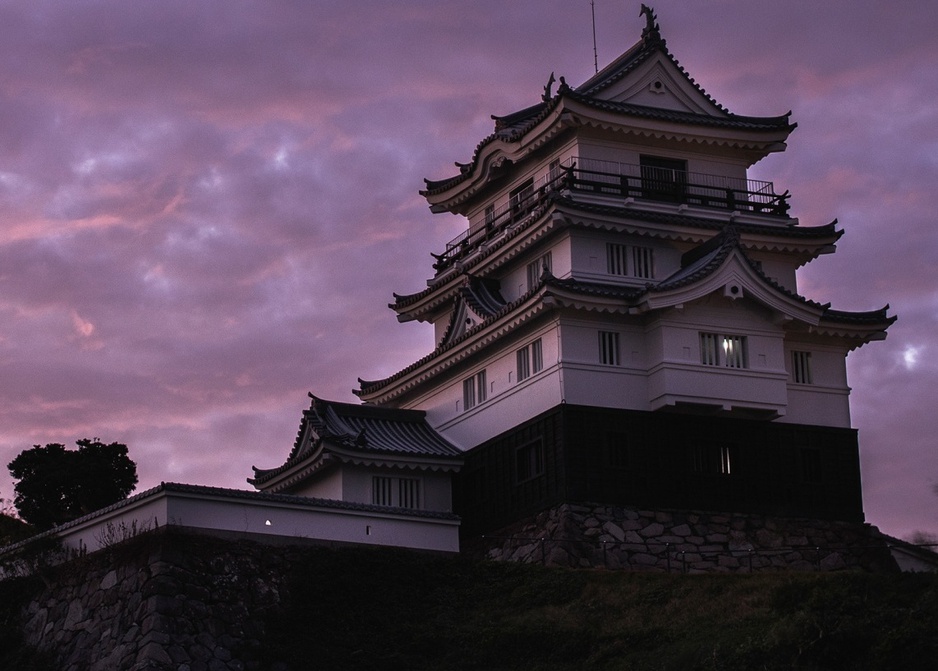
Hirado Castle Hotel
You can stay in fully restored castles that have the original looks made of wood and stone that used to host samurai lords. Most castles and fortresses that are lodgings today were built during the Sengoku period (1467–1603), and if they survived, they were rebuilt during the Edo period (1603–1867). Their iconic shape resembles a pagoda with a spandrel roof.
Hotel prices in Japan
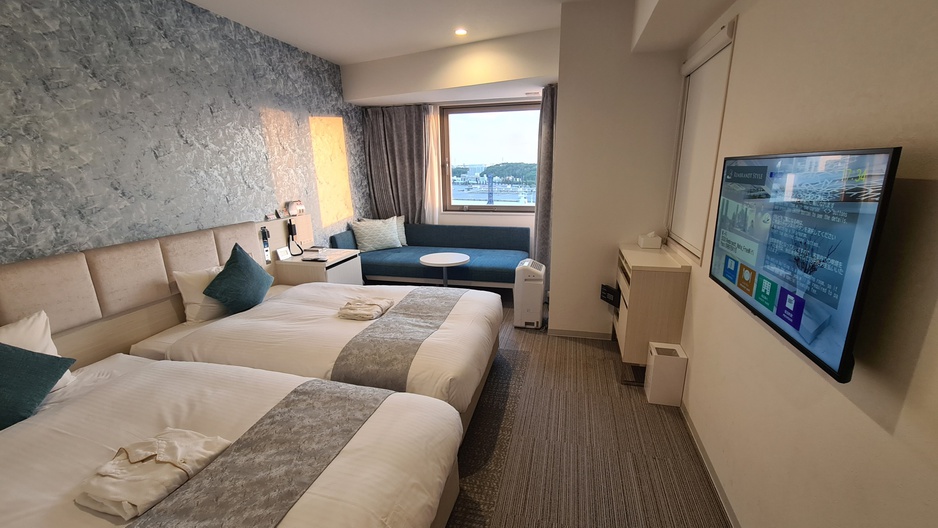
Japan's struggling economy and weak Yen are problematic for the country, but from a traveler's point of view, they make everything more affordable. Japanese hotels are some of the cheapest ones in the developed world. For example, this spacious room at the Rembrandt Style Naha cost me $50/night.
A comfy sofa by the window to enjoy the sea view, within walking distance from Kokusai-dori (Naha's shopping avenue), and with these large beds, something similar would cost 5-6 times more in the USA.
